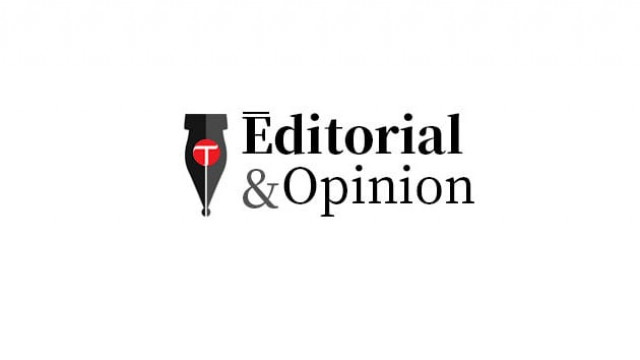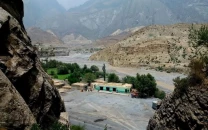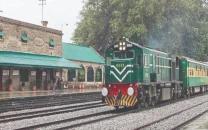Economic turnaround during 2009-10?

The survey claims that the impact of the energy shortage affected GDP growth by two percentage points, suggesting that had it not been the case, the economy would have grown by over six per cent. On the face of it, however, this may seem to some an overestimation given that till a few months ago economic managers and watchers were more or less generally agreed that the economy, with the law and order situation (three million IDPs) and double digit inflation, was still sluggish and that a clear rebound had yet to materialise. Moving beyond this point of debate, the survey does point out that the “economic turnaround" and "recovery is still fragile" given the significant challenges the economy faces” — the energy and water shortages, and the internal security situation. The document also provides telling proof of how Pakistan's acute power shortage came to be and that the future — at least extrapolating from the figures for the past five fiscal years — remains bleak. In the past seven years, the installed capacity for power generation has increased by 500 megawatt and compared to 2008-09 it actually declined by 100MW for 2009-10.
To ensure that the economy continues to grow, the survey prescribes three things which even laypeople should agree with: reduction in the size of the government, so that resources tied up in paying billions in salaries to government employees who are inefficient and prone to absenteeism can be freed for better uses; greater resource mobilisation from domestic sources, i.e. widening the tax net and base, and better documentation of the economy; and ensuring that funds spent on social development and public sector programmes are used efficiently and not squandered through political patronage.
The fact however remains that, by and large, these measures have been suggested every year but rarely implemented by governments. More often than not, they fail to adhere to any kind of financial discipline or to their own macroeconomic planning. Time will tell whether fiscal 2010-11 will be any different. So far, other than rental power, which has been deemed exorbitant, and at best a good short-term solution, nothing has been proposed to solve the chronic power shortage. Quoting the State Bank, the survey says inflation will “remain close” to 12 per cent; which means vthat the tight monetary policy measures to contain it have not worked. Besides, the effect of inflation on the ordinary Pakistani is immense and it is believed to be one of the prime pushers of those living on the edge below the poverty line. (The survey is ambiguous on this and basically says that this figure is yet to be determined.) It does cite excessive public sector borrowing as one factor behind inflationary pressures but we are yet to see a government commitment to keep borrowing within budgeted targets. As for unemployment, the survey cites the Labour Force Survey for 2008-09 to claim a rate of 5.5 per cent — but what about the high levels of under-employment and disguised unemployment?
Published in the Express Tribune, June 5th, 2010


















COMMENTS
Comments are moderated and generally will be posted if they are on-topic and not abusive.
For more information, please see our Comments FAQ